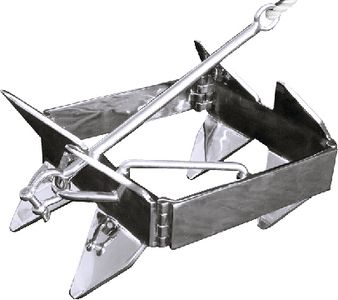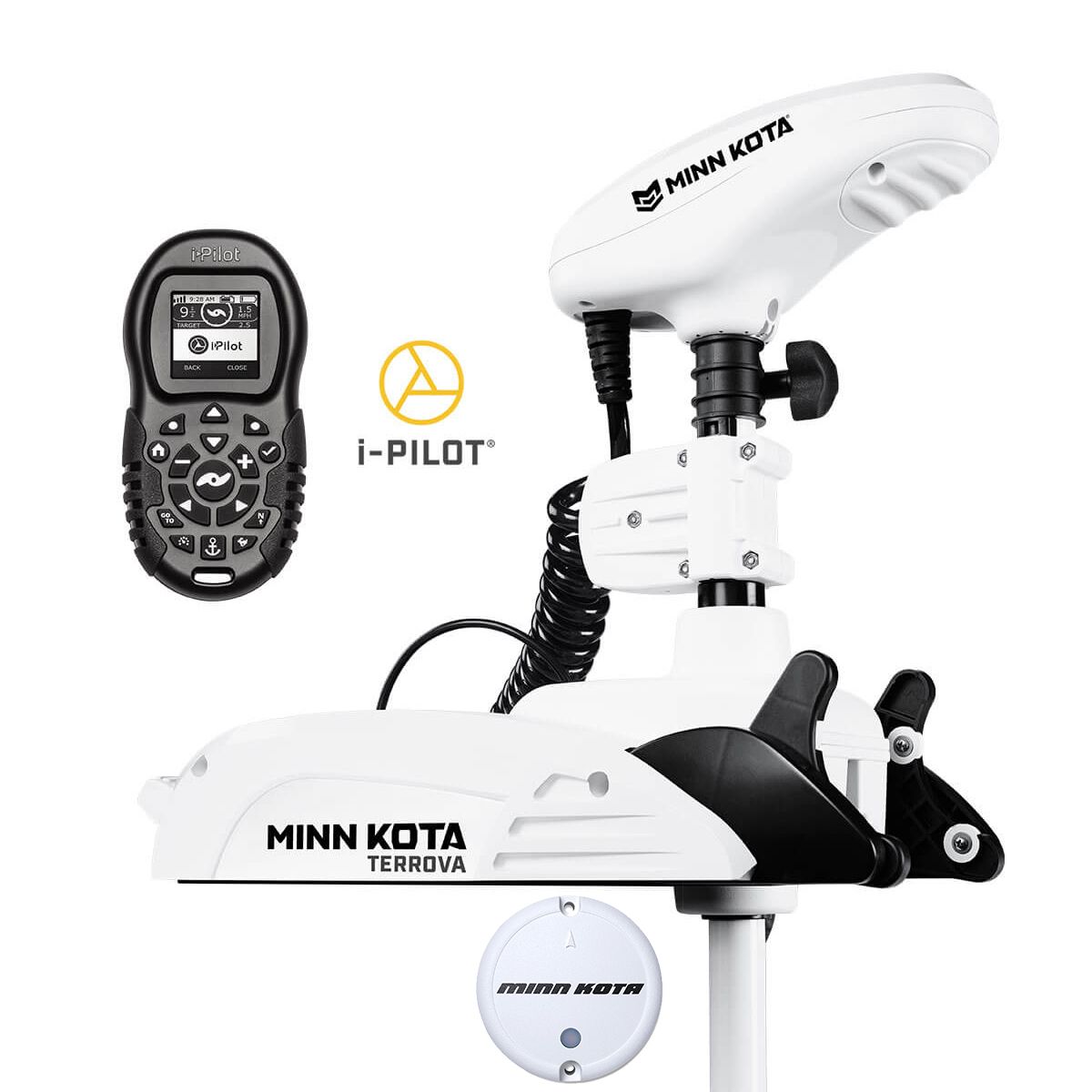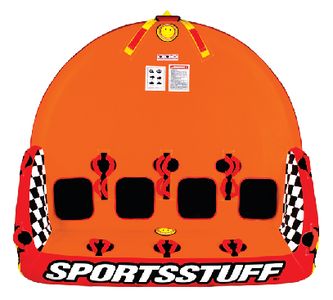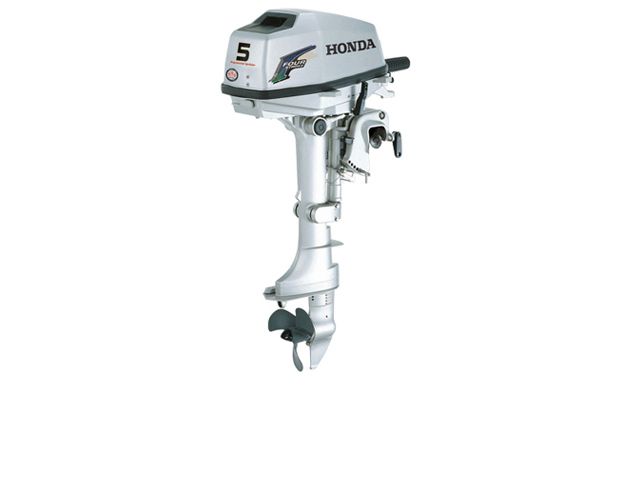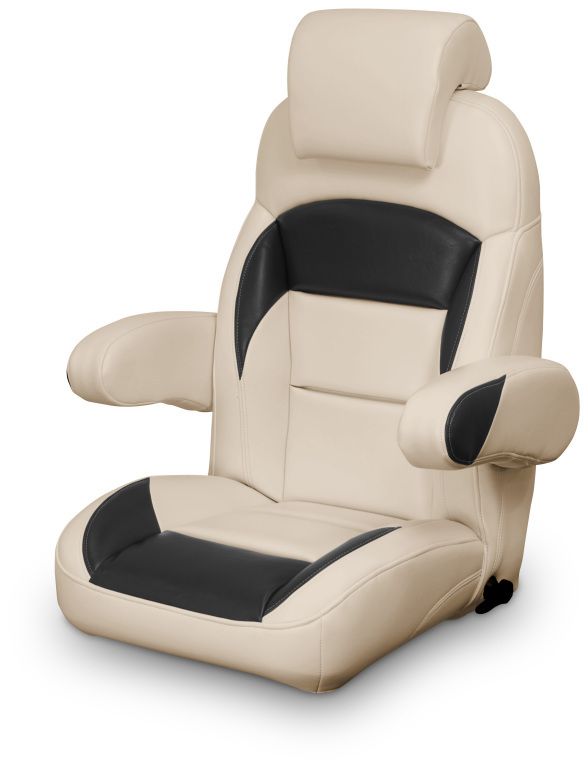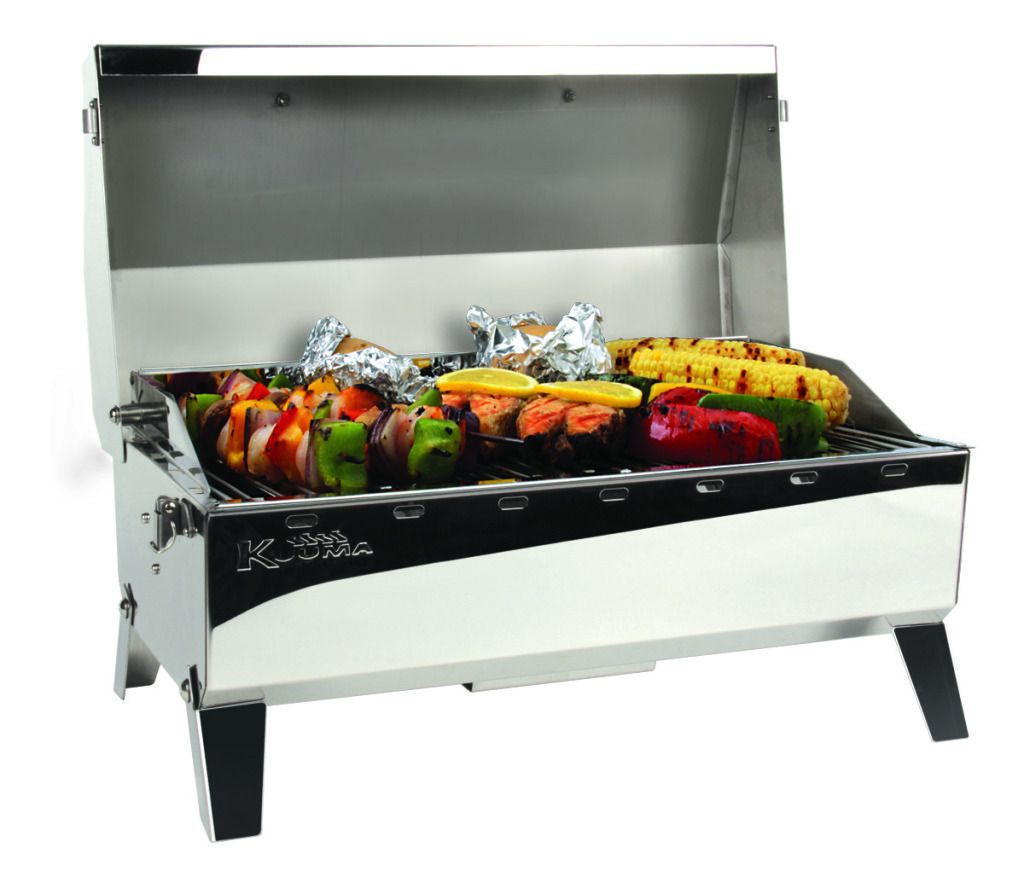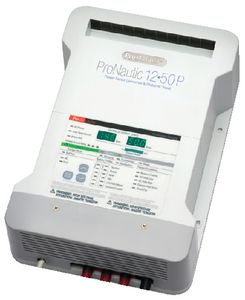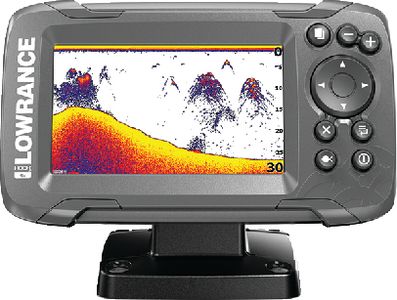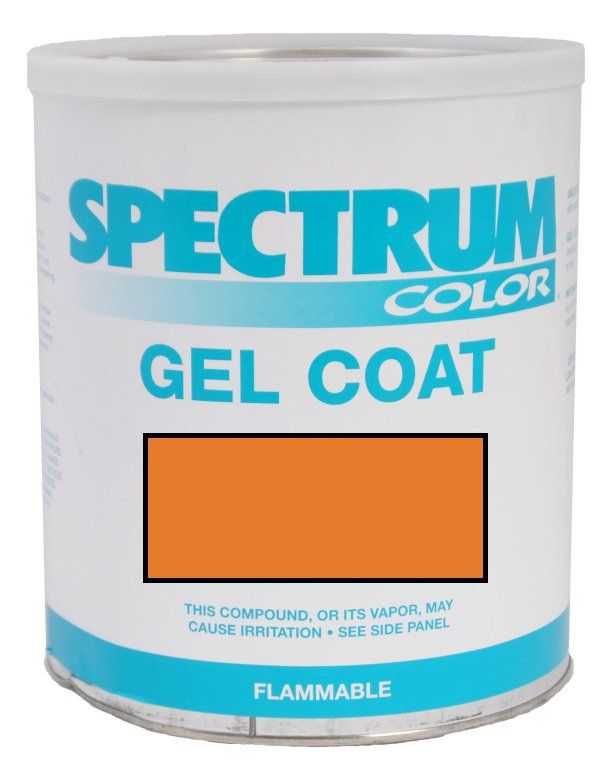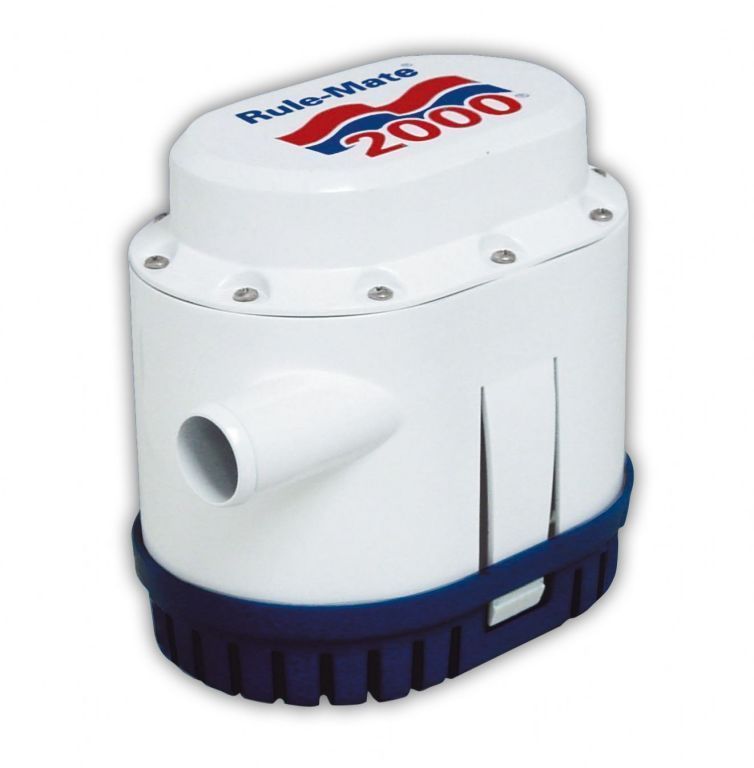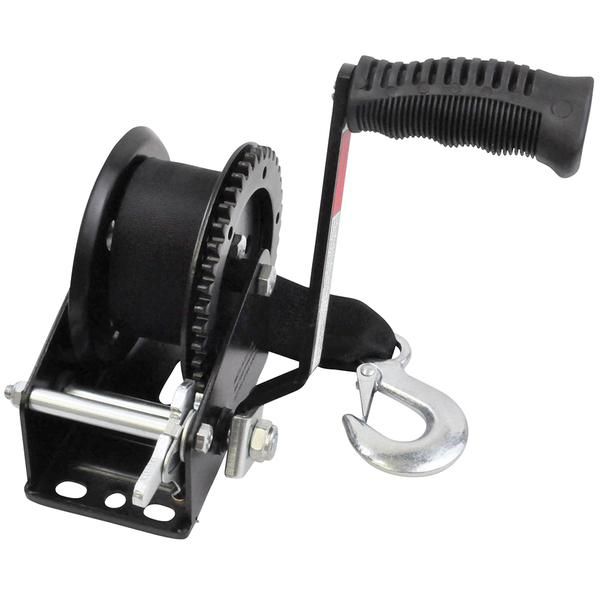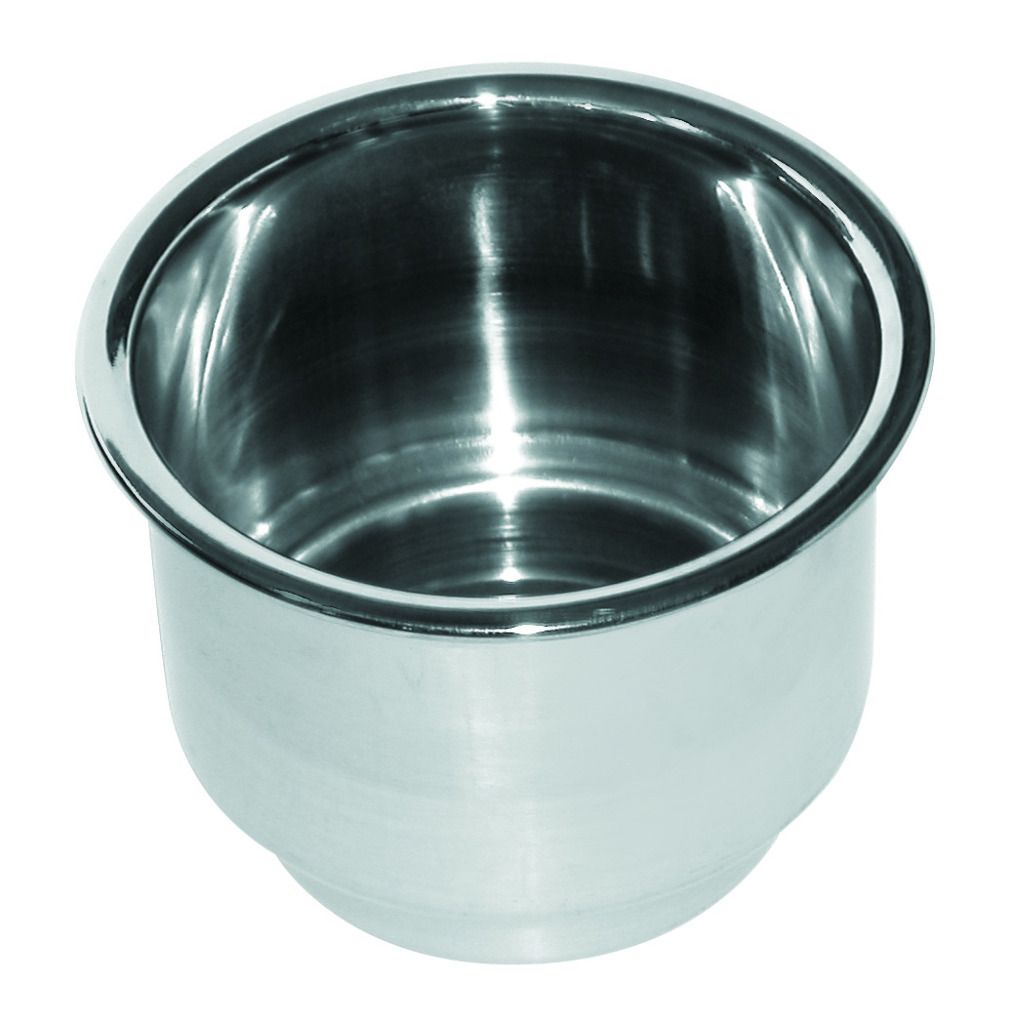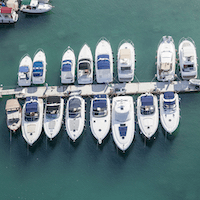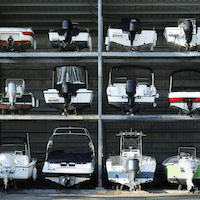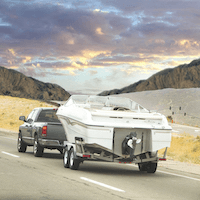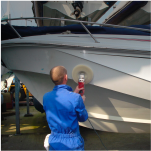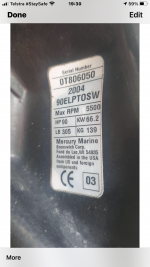The Loopers use wedge shaped pistons that expand under the compression produced when the fuel air mixture explodes in the cylinder. If the rings aren't free to move and produce the designed sealing function, your compression will be low.
Sea Foam is available everywhere in the 16 oz can for about 7 bucks. Regular treatment is 1 oz per gallon of gas/fuel mix. You can't over do it per can instructions, in fact, the aerosol is used to check engines that don't run in determining if it is fuel or spark.
Accessing the carb venturis and shooting SF into the carb while cranking will start the engine if fuel is the culprit.....so it is combustible and contains light mineral oil so the 2 stroker cylinders do get oil if premix type of system.
What I'd do if I were you, and what I have done on occasion over the years, is to dump a whole can into 6 gallons and get the boat out and run it hard for an hour or something of the sort.
Then take the rig out again in a few days, week, whatever, and run it hard again. When you get home, pop the cowl and plugs, put the throttle at WOT and check compression again. May be pleasantly surprised!

